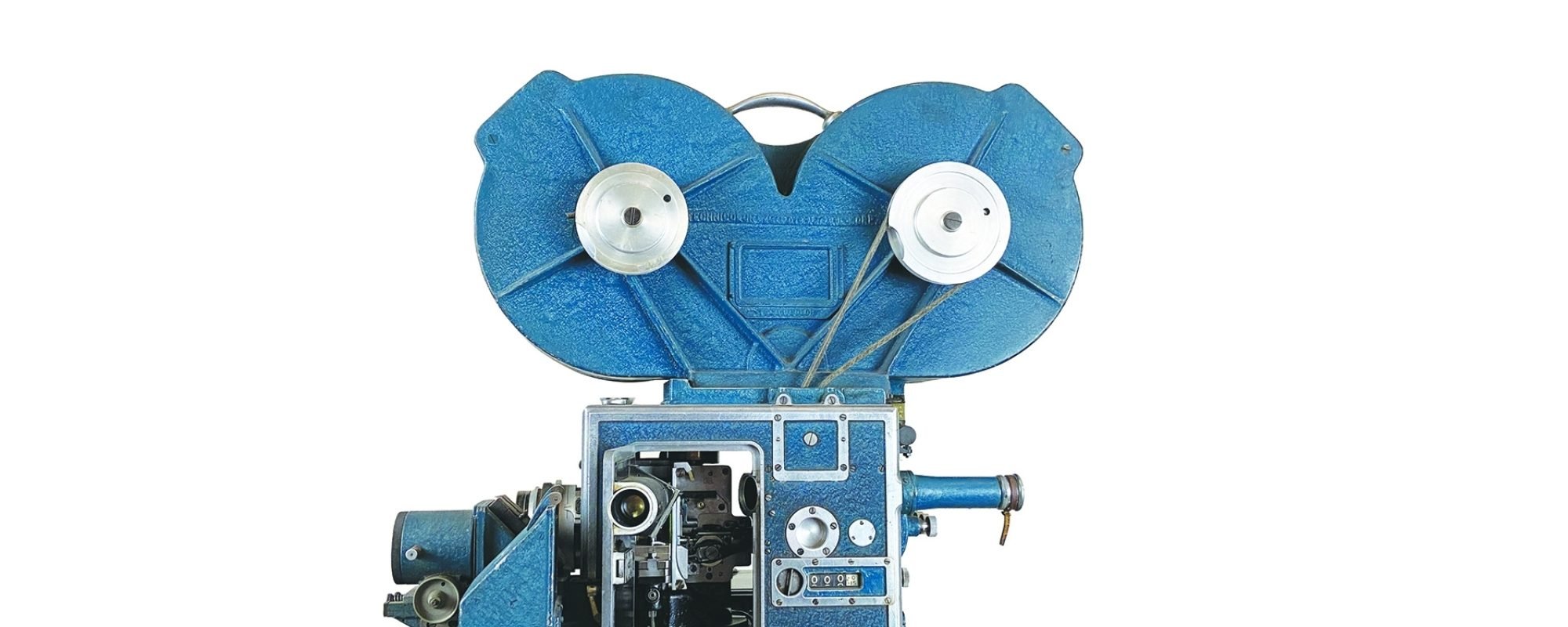All Videos
ASC Museum Minute: Technicolor Three-Strip Camera
The iconic Technicolor camera — introduced in 1932 — was manufactured to the company’s specs by the Mitchell Camera Corporation, with fewer than 30 examples made. In this episode, ASC Museum Curator Steve Gainer, ASC, ASK walks us through different aspects of the three-strip 35mm camera and some of its features.
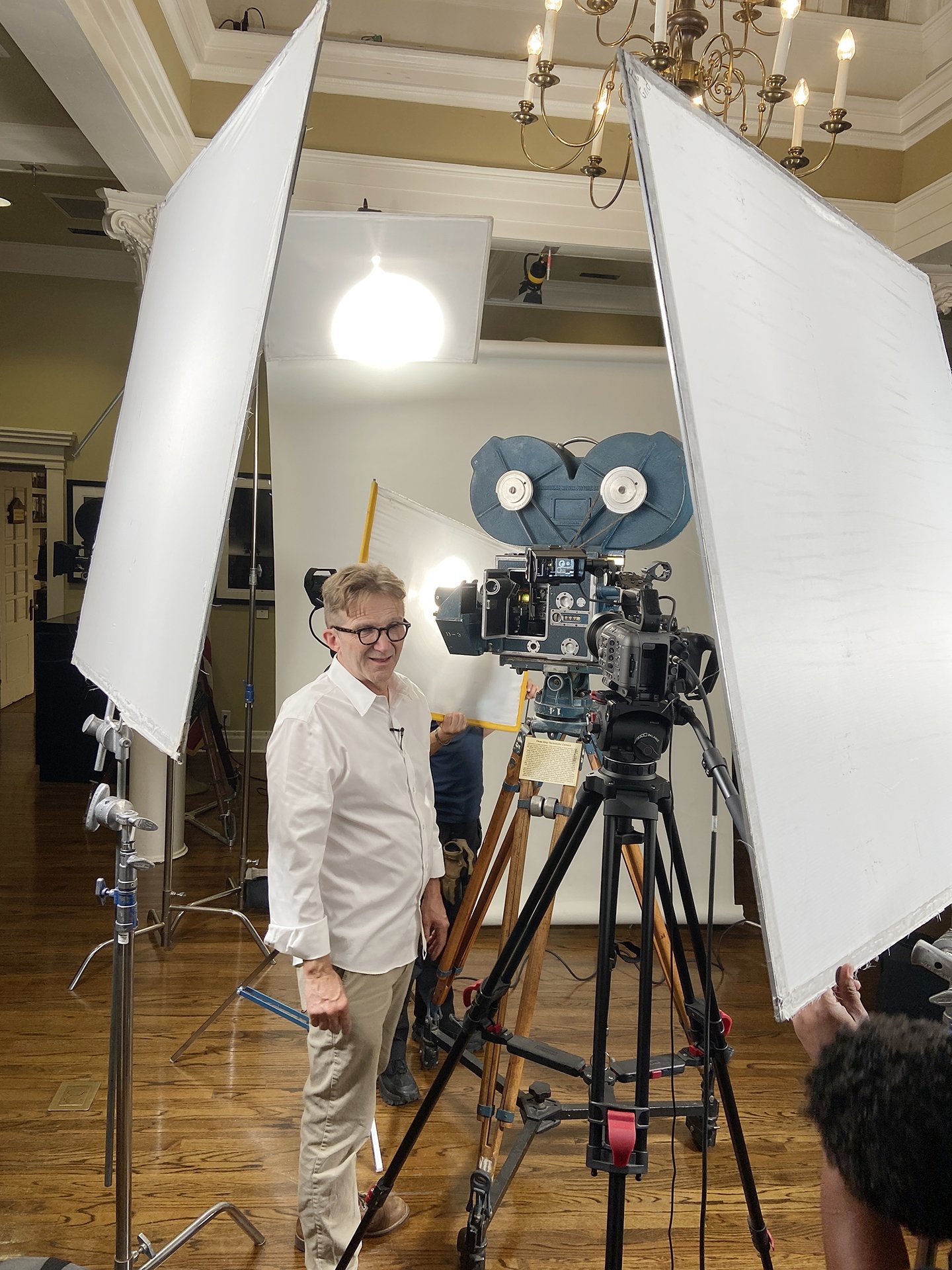

Research and development on what became the Technicolor system — composed of this proprietary camera and a complex dye-transfer printing process — began in 1916, and originally employed only two colors, red and green, to simulate natural full-spectrum color.
The extreme amount of illumination required by the Technicolor filming process — with the cinematographer working with an effective ASA 5 rating due to the internal filtration and beam-splitting optics employed by the camera to separate individual red, green and blue 35mm records of the image captured by the taking lens — required extensive lighting.
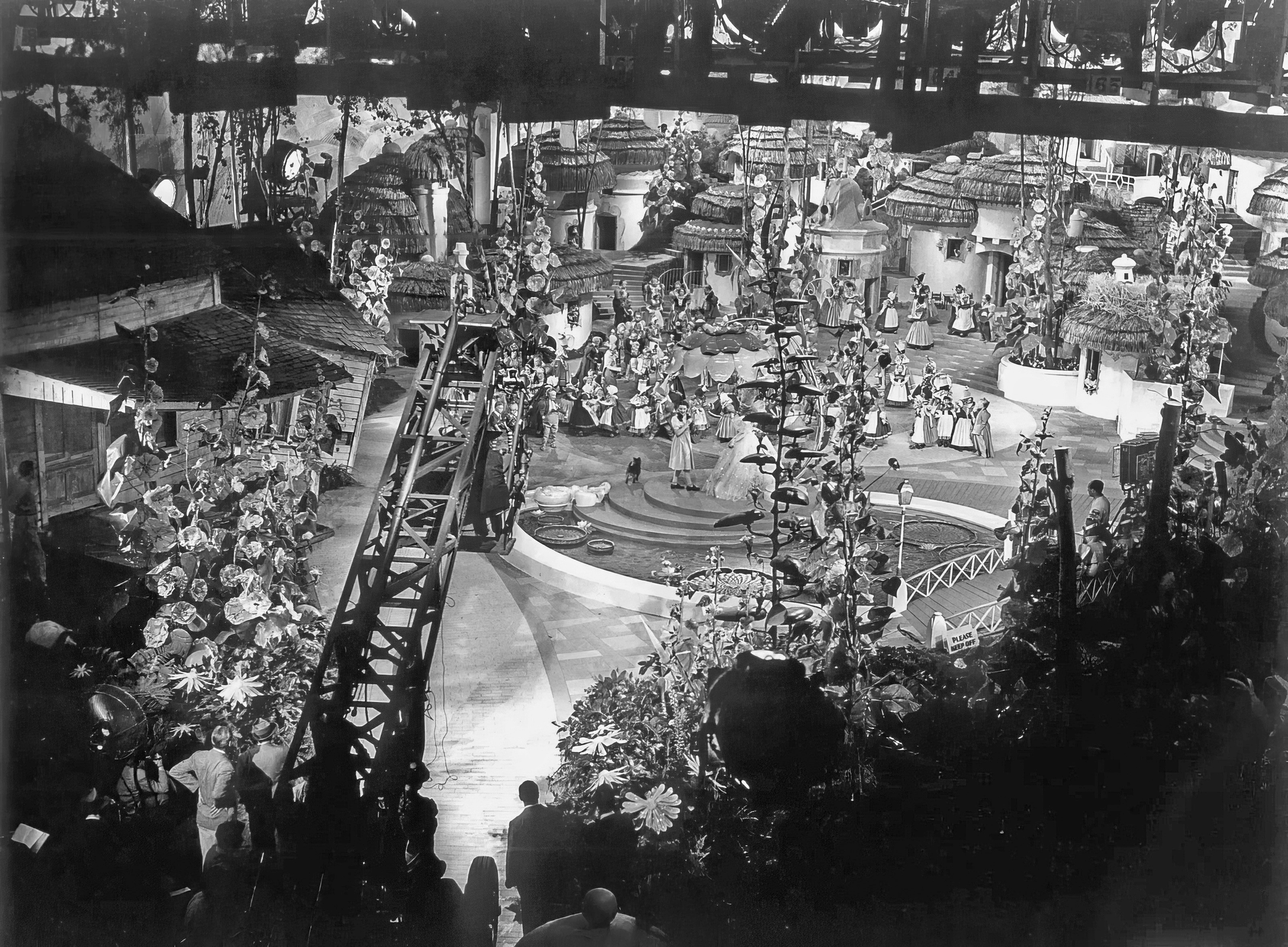
During the filming of the Technicolor classic The Wizard of Oz (1939), MGM studio cinematographer Harold Rosson, ASC used dozens of Brute arc lamps to illuminate the film’s elaborate sets, with the temperature frequently topping 100°F. (Much more can be learned about the production here.) He was aided by Technicolor cinematographer Allen B. Davey, ASC, who knew every detail of the process.
The Technicolor three-strip camera featured in this video has been on display at the ASC Clubhouse for many years, but a second unit was recently donated to the Society by Richard Edlund, ASC and he is now Co-Curator of the collection:
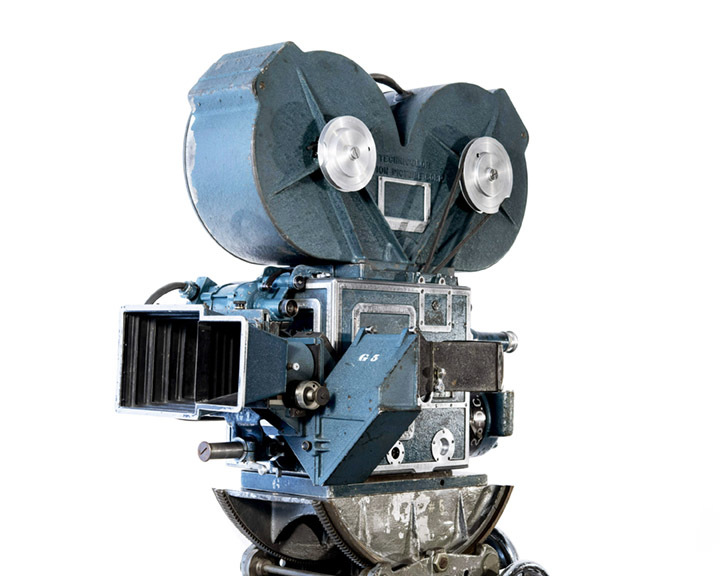
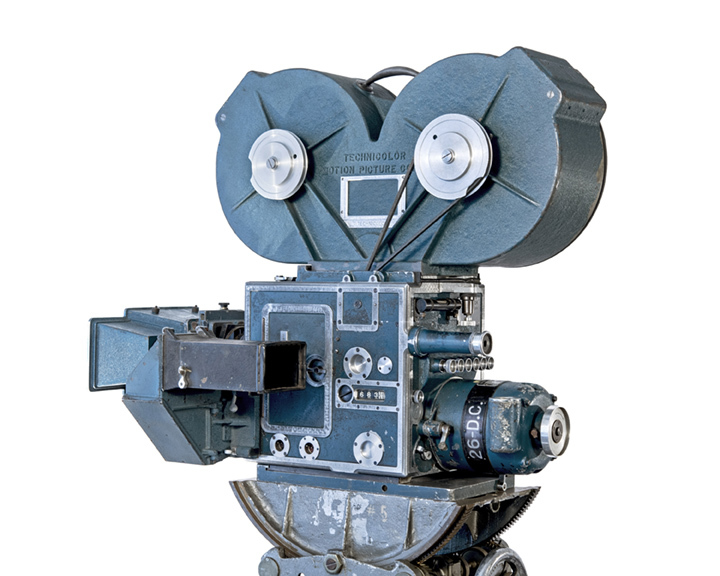
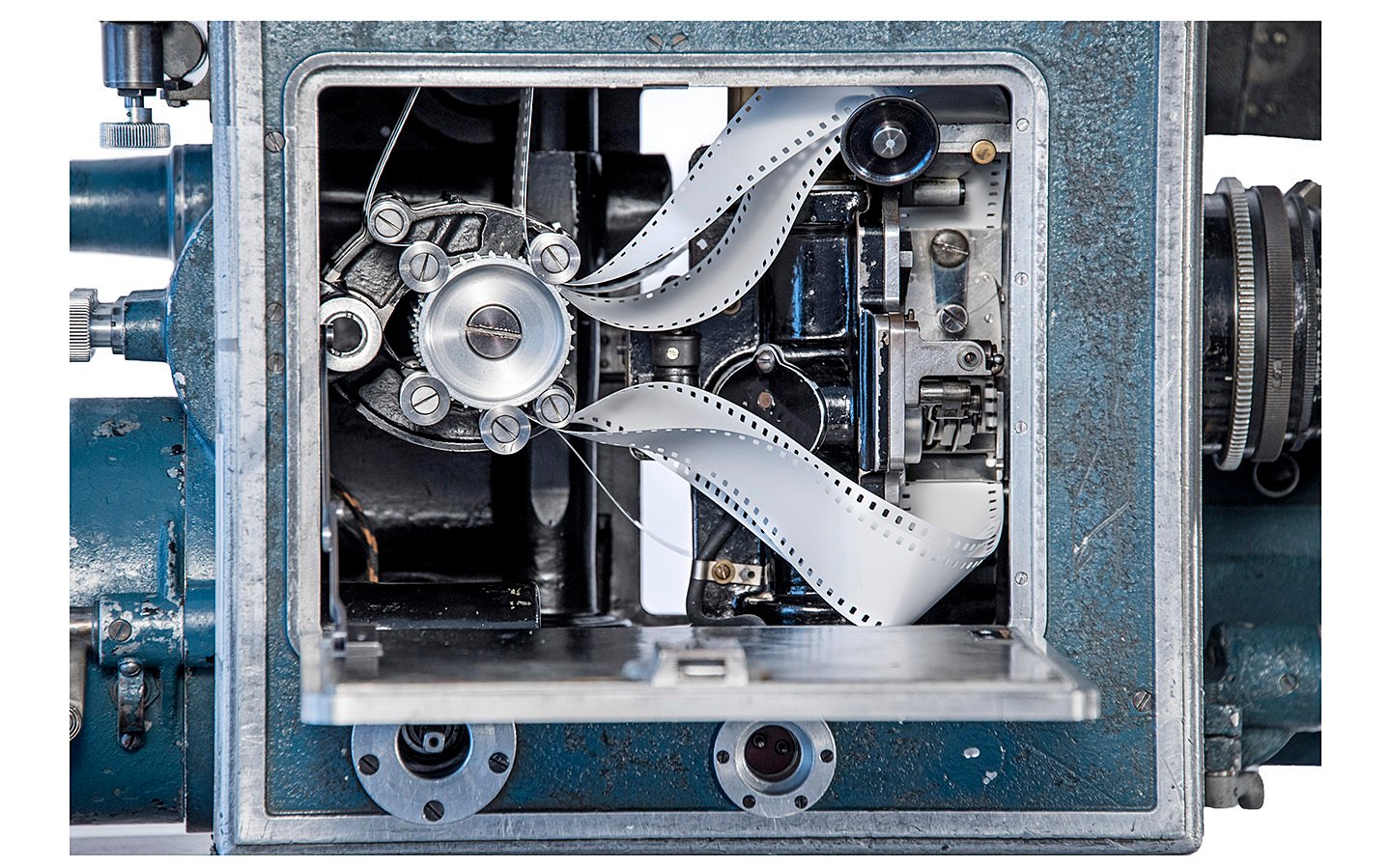
Each episode of the ASC Museum Minute video series showcases a unique item in the Society's extensive collection of vintage cameras and other filmmaking tools. Previous episodes can be found here. More episodes are now in production.
